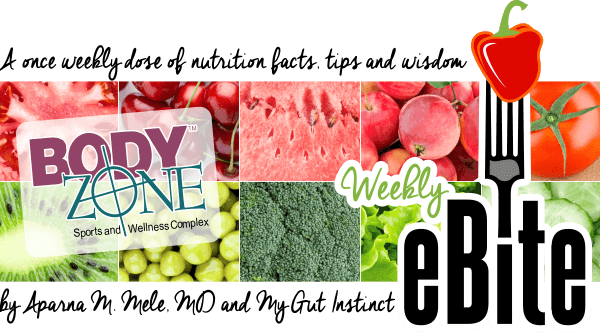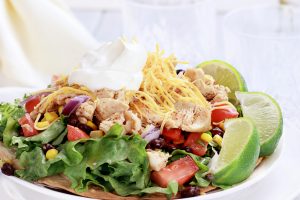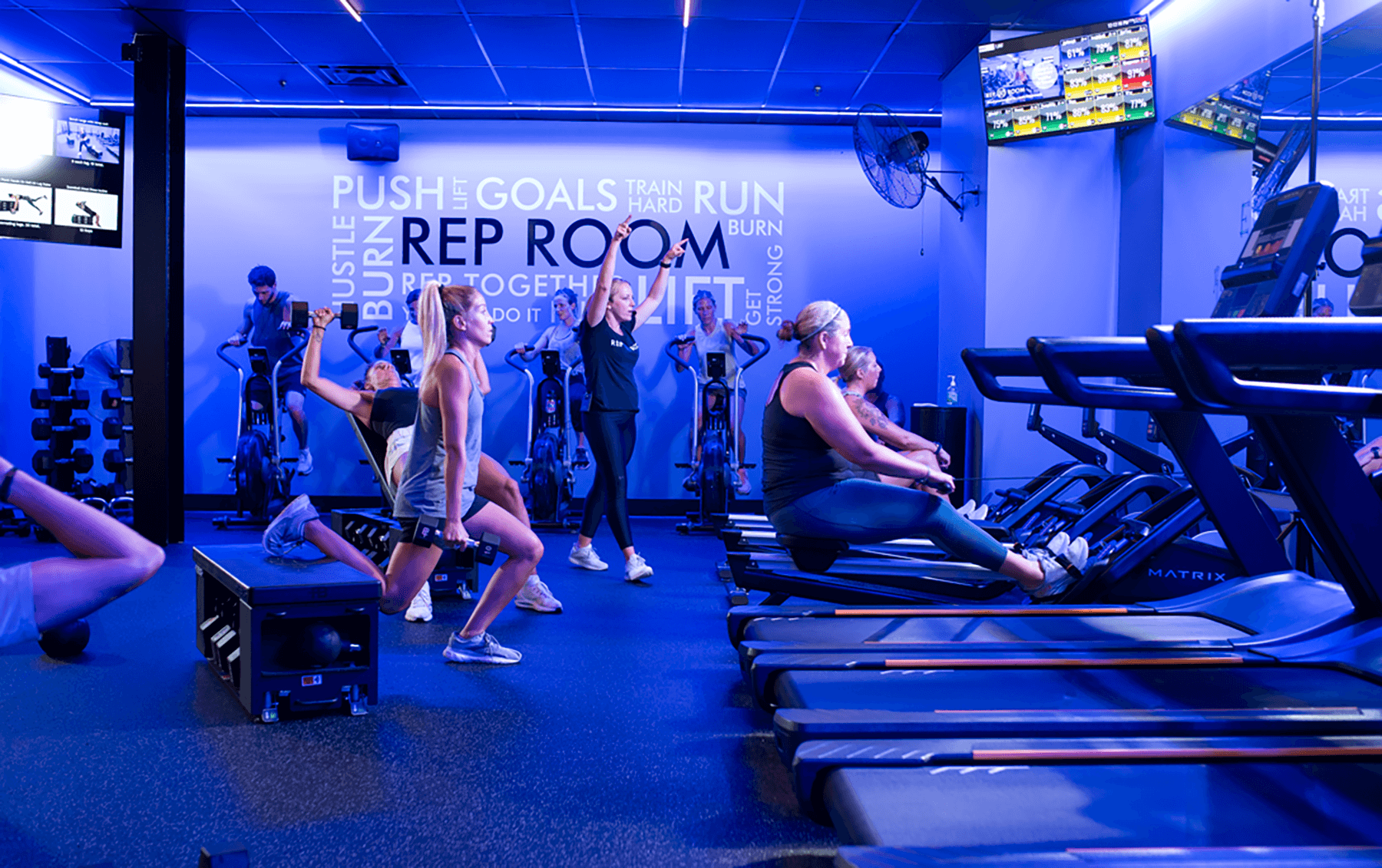
Eating right and staying fit are important no matter what your age.
Assimilating our nutrition to the natural aging process of our body can help us maintain long term good health. Here are some tips for older adults (> age 60) to maintain their health through wiser nutritional choices:
- Older adults have decreased caloric requirements, and the body becomes less efficient at absorbing some key nutrients. In addition, the ability to taste food declines, thereby blunting appetite and some foods become difficult to chew or digest. Choose a mix of nutrient-rich foods from all food groups prepared well so they are easy to chew and to get more nutrients for fewer calories.
- Seniors need more calcium and vitamin D to maintain bone health. Consume 3 servings a day of low fat dairy products to get enough calcium, vitamin D, and potassium. Other calcium-rich foods include fortified cereals and fruit juices, dark green leafy vegetables, and canned fish with soft bones.
- Eat high protein foods with each meal and with snacks, rather than just at dinner. Eat one serving of lean meat, poultry, beans, eggs, milk, nuts, or seeds at each meal
- Our ability to recognize thirst lessens with aging and certain medications can also increase the risk of dehydration. It is vital to stay well-hydrated throughout the day and choose hydrated liquids like water or 100% juice.
- The motility of the digestive tract also slows down with aging. Eat foods high in fiber to help with digestive regularity, such as fruits, vegetables, whole grains, beans, and nuts. Fiber also decreases the risk of heart disease controls weight, and prevents diabetes.
- Increasing potassium along with reducing sodium (salt) may lower the risk of high blood pressure. Fruits, vegetables and low-fat or fat-free milk and yogurt are good sources of potassium. Also, select and prepare foods with little or no added salt.
- Vitamin B12 levels can often be lower in older adults due to reduced ability to extract it from food and B12 is important in the production of red blood cells and to maintain healthy nerve function. Focus on foods high in vitamin B12, such has fish, meat poultry, eggs, milk and milk products.
- Magnesium levels can also drop due to decreased absorption with aging. Furthermore, some medications that older people take, such as diuretic can reduce absorption. Eat as many unprocessed foods as possible, including fresh fruits and vegetables, plus nuts, whole grains, beans, and seeds, all of which are rich sources of magnesium. Omega 3 fats, found primarily in fish, have a wide range of benefits, including improving arthritis, slowing progression of age-related visual loss, and reducing the risk of Alzheimer’s dementia. Older adults should try to have two servings of fish or vegetable sources of omega-3 a week, especially salmon, tuna, sardines, and mackerel and/or soybeans, walnuts, flaxseed, and canola oil.
Yours in health,
Dr. Mele
Healthy Tostadas
Reference: Health.com
Ingredients:
Cooking spray
Optional: shredded cooked rotisserie chicken
2 cups sliced mushrooms
2 small zucchini, sliced
1 large red bell pepper, chopped
1 can black beans
1 can corn
1/4 cup pico de gallo
1/4 cup cilantro
4 tostada shells (or soft tortillas if easier to chew)
Shredded cheese
Shredded lettuce
Fresh cilantro to top, optional
Preparation:
Place a medium nonstick skillet coated with cooking spray over medium-high heat until hot. Add mushrooms, zucchini, and bell pepper to pan. Sauté 3 to 5 minutes or until vegetables are tender. Add shredded cooked rotisserie chicken if desired to heat the meat through.
Spoon about ¾ cup vegetable (+/- chicken) mixture over black bean mixture on each tostada/tortilla. Top with lettuce, pico de gallo, cheese, and fresh cilantro, if desired. Enjoy your open-faced low-fat, low calorie, and low sodium Mexican tostada, chock-full of vitamin rich vegetables, fiber, and protein!
